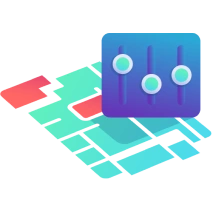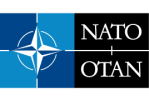What is Content Disarm and Reconstruction (CDR)?
The advantages of CDR
CDR removes threats from files
CDR is a zero-trust data filter that rebuilds files and documents into a safe, clean standard, free from the risks of malware. CDR prevents malicious files from entering a network and is used for secure file transfer across trust boundaries.
CDR is more secure than antivirus and sandboxing
Unlike detection-based solutions, CDR doesn’t try to identify malicious code – it simply removes the ability for it to exist altogether. This zero-trust approach disarms often overlooked advanced persistent threats, such as zero-day malware, high-risk active code and anomalies within a file’s structure.
CDR retains file functionality
Many conventional data filters flatten files (turn them into images) for use in high risk environments. Files cleaned by CDR are visually identical and fully functional, meaning you get your report – not a pancake.
How Glasswall CDR Works




CDR vs other technologies
While our recommendation is that CDR should be used as one component of a wider cybersecurity strategy, it is helpful to understand the significant advantages CDR has over other file protection technologies.
Glasswall CDR Products
Use cases
Glasswall CDR (Content Disarm and Reconstruction) technology can be injected wherever a file is in motion, or at rest. Our range of solutions have been developed to enable government departments and corporate organizations to protect key operations with patented and industry-leading zero-trust file protection. Use cases include:
Glasswall - Trusted by the world's most secure agencies














